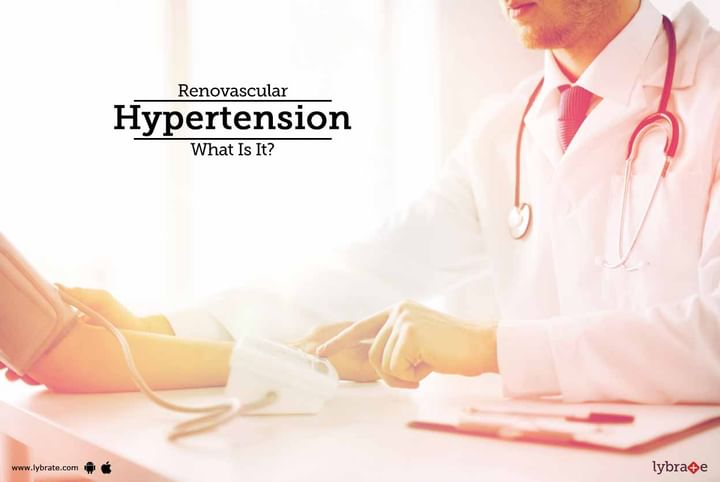Renovascular Hypertension - What Is It?
Renovascular hypertension is also known as renal hypertension. This can be defined as a rise in blood pressure because of partial or complete blockage of the renal arteries. It may be caused by a blockage in only one artery or multiple arteries. This condition does not usually exhibit any symptoms unless it is a long-standing condition. Renovascular hypertension may be caused by a narrowing of one or both renal arteries or fibromuscular dysplasia. It can also be affected by kidney disease.
Without treatment, renal hypertension can affect a number of other organs. In extreme cases, it can even be fatal by causing kidney failure, heart attacks or a stroke. Hence, an early diagnosis and treatment is a must. Medication is usually the first form of treatment advised by a person. This takes the form of ACE inhibitors and angiotensin II receptor blockers. However, in some cases, taking both types of medication may still not be enough to reduce renal hypertension. In such cases, surgical procedures may be required. Surgery has longer lasting results and it helps control hypertension to a much higher degree as compared to medication. The results of a surgical procedure are also quicker.
The most common surgical procedures used to treat this condition include:
- Angioplasty: This is a minimally invasive procedure that does not always require hospitalization. The procedure involves threading a catheter through a large artery in the groin and taking it to the renal artery. The catheter is then used to inflate a balloon in the renal artery for a few minutes. This helps widen the artery and increase the blood flow rate.
- Stenting: This can be considered an extension of an angioplasty. Along with the balloon, a wire mesh stent is also expanded in the renal artery. Though the balloon is later deflated and removed the wire mesh is left in place. This helps keep the artery open and improves blood flow.
- Bypass Surgery: This procedure is an open abdominal procedure for which the patient is put under general anesthesia. A bypass surgery is usually considered only if an angioplasty and stenting are not viable forms of treatment. This procedure involves sewing a healthy blood vessel in place beside the renal artery and redirecting blood flow to this blood vessel. This blood vessel may be harvested as part of the aorta. Bypass surgery is the most effective form of treatment and has the longest lasting results. In case you have a concern or query you can always consult an expert & get answers to your questions!



+1.svg)
